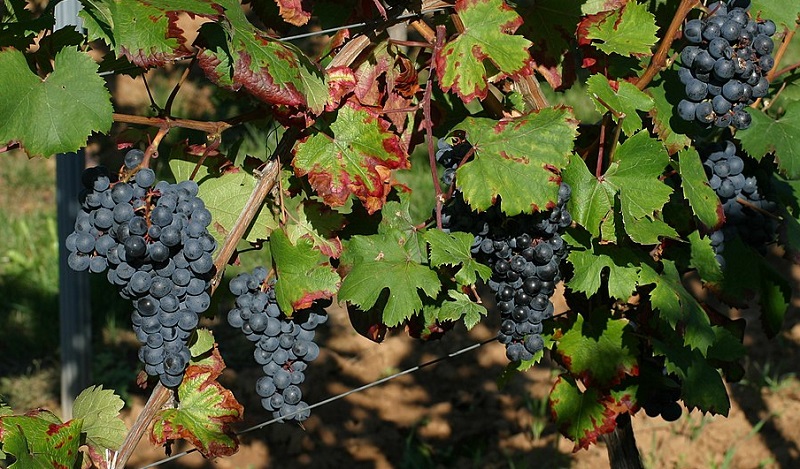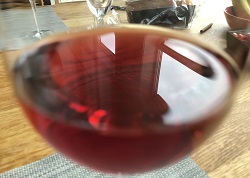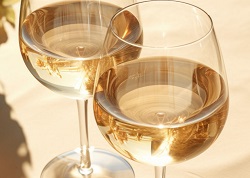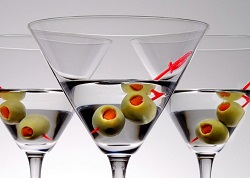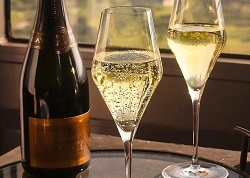Dolcetto Flavors
Red and Blue Berries and Violets are typical Dolcetto flavors.
Cherry |
Raspberry |
Blueberry |
Black Cherry |
Violets |
Roses |
Plum |
Licorice |
About Dolcetto
Dolcetto means "little sweet one", probably because the grapes ripen (become sweet = dolce) before other varieties. Or maybe Dolcetto derives from the local dialect "Dosset" or "hills", typical of Piedmontese wine landscape.
The people of Piemonte have always enjoyed their famous red wines (Barolo, Barbaresco, and Barbera), but their traditional everyday wine has been Dolcetto.
Dolcetto is light and soft and can be drunk young, due to low acidity and soft tannins.
Traditionally, Dolcetto is served in the middle of a meal, after the whites and before the heavier reds.
Dolcetto was the everyday wine (Vino da tavola) in Piemonte after World War II. Today, Barbera is beginning to overtake the everyday wine role in Piemonte. Barbera produces more fruit and the price of Barbera is now lower than the price of Dolcetto.
"Traditionally we pair Dolcetto with spicy features such as garlic or pepper.
Outside Piemonte the wine is perfect with a classic pizza."
—Alfio Cavallotto, Cavallotto Winery.
Region Piemonte

Black Grapes |
White Grapes |
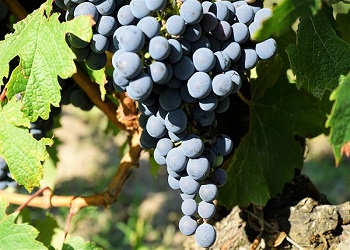
|
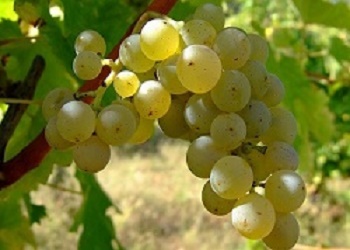
|
Soil |
Climate |
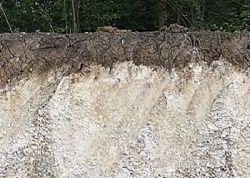
Lime-Rich. |
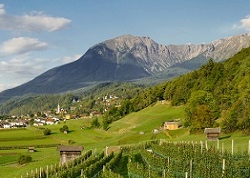
Cool/Mild Continental. |
DOCG Regions in Piemonte
- Alta Langa (Metodo Classico)
- Asti Spumate (100% Moscato)
- Barbaresco (100 %Nebbiolo)
- Barbera d'Asti (Min. 90% Barbera)
- Barbera del Monferrato Superiore
- Barolo (100% Nebbiolo)
- Brachetto d'Acqui (100% Brachetto)
- Gavi (100% Cortese)
- Dogliani Superiore (100% Dolcetto)
- Ovada Superiore (100% Dolcetto)
- Diano d'Alba (100% Dolcetto)
- Erbaluce di Caluso
- Gattinara (Min 90% Nebbiolo)
- Ghemme (Min 85% Nebbiolo)
- Moscato d’Asti (100% Moscato)
- Nizza (100% Barbera)
- Roero (100% Arneis)
- Ruchè di Castagnole Monferrato (90% Ruchè)
- Terre Alfieri (Arneis and Nebbiolo)
